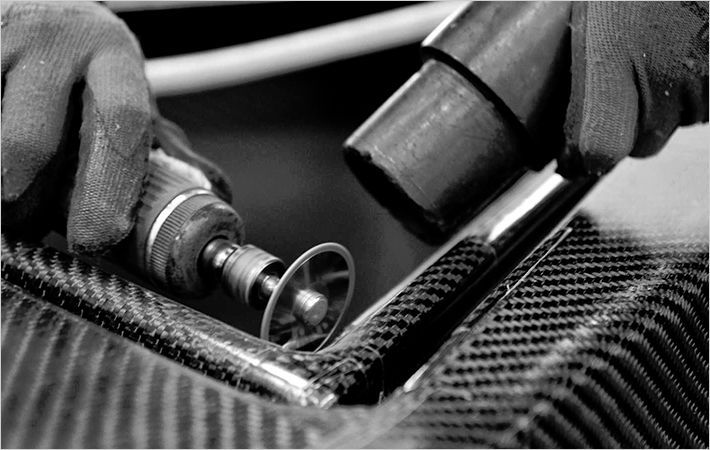Each type of protein attracts specific cells, which adhere to the scaffold and grow there. By selecting the appropriate protein, researchers can build up heart tissue or regenerate other damaged organs, according to Dr. Svenja Hinderer, one of the research scientists working on the project at Fraunhofer.
The substrate is spun into a fine sheet and cut to the required size. To repair damage to the heart muscle, for instance, a scaffold corresponding to the extent of the damaged area is placed like a blanket over the muscular tissue. The polymeric fibres gradually degrade in the human organism over a period of approximately 48 months. During this time, the cells that bind to the proteins find an environment that is conducive to their growth. They construct their own matrix and restore the functions of the original tissue, the Institute said.
The hybrid materials composed of polymeric and protein fibres can be produced and stored in large quantities. The IGB team is working to bring the novel substrate to market as a rapidly implementable alternative to conventional heart valve replacements.
The researchers will be presenting samples of the polymeric scaffolds at the Medtec expo in Stuttgart from April 21 to 23, 2015 in the joint Fraunhofer booth (Hall 7, Booths 7B04/7B10). (GK)
Fibre2fashion News Desk - India

